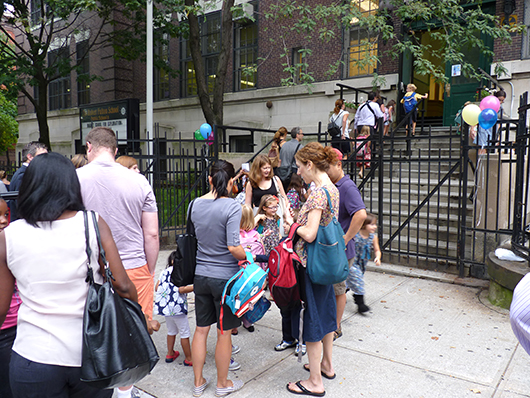Bill would require NYC to factor in population growth in planning school facilities
Change to SCA procedure would benefit overcrowded Brooklyn schools

The state Assembly and Senate have passed legislation to alleviate severe overcrowding in many New York City schools by requiring the School Construction Authority (SCA) to collect population data from city agencies in advance when planning where to build schools or enlarge facilities.
The bill, sponsored by Assembly Speaker Sheldon Silver and Senator Daniel Squadron, is expected to help alleviate overcrowding in Brooklyn neighborhoods experiencing enormous population booms — like Downtown Brooklyn, Brooklyn Heights, DUMBO, Sunset Park and Williamsburg – and in Manhattan and Queens by requiring the SCA to factor in how future population growth might affect overcrowded schools.
Schools like P.S. 8 in Brooklyn Heights have already been forced to eliminate space dedicated to preschool because they don’t have enough room to house all of their incoming students, and thousands of additional residential units are planned for the Heights and surrounding neighborhoods.
